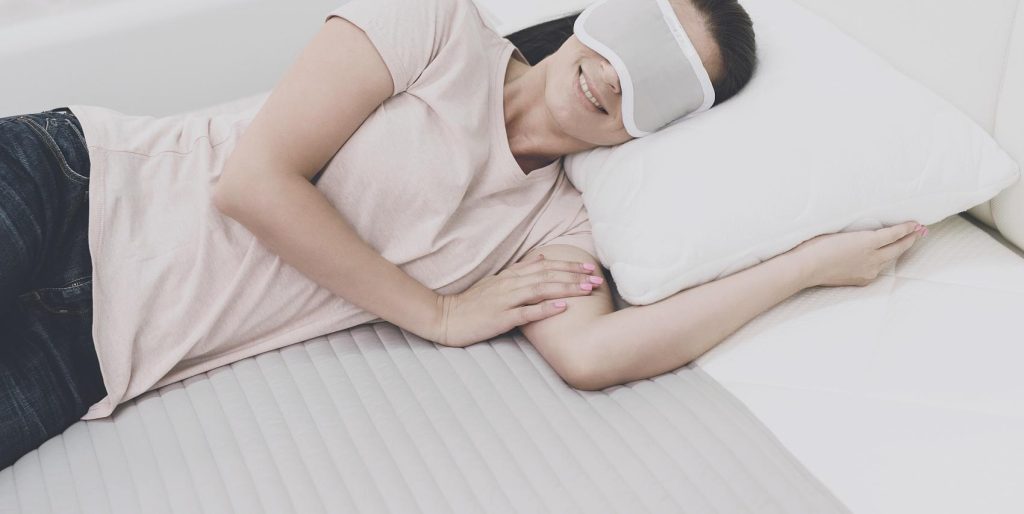Overview
Medical textiles play a crucial role in healthcare settings. They are used in various applications, from hospital bedding to surgical gowns. However, traditional medical textiles often fall short in meeting the demanding requirements of modern healthcare environments.

The shortcomings of conventional medical textiles are numerous. They can harbor harmful bacteria, leading to healthcare-associated infections. Many lack durability, requiring frequent replacement. Some cause skin irritation or allergic reactions in patients and healthcare workers. Others fail to provide adequate comfort or breathability, especially during extended use.
Modern medical requirements for textiles
Modern healthcare demands more from medical textiles. They must offer superior infection control, enhance patient comfort, and withstand rigorous use and cleaning. This is where antibacterial copper ion fiber comes into play, revolutionizing the medical textile industry.
Antimicrobial Properties of Copper
Copper has been known for its antimicrobial properties for centuries. Ancient civilizations used copper vessels to store water, unknowingly benefiting from its ability to kill harmful microorganisms. Today, we understand the science behind copper’s antibacterial action, and we’ve harnessed this power in the form of copper ion fibers.
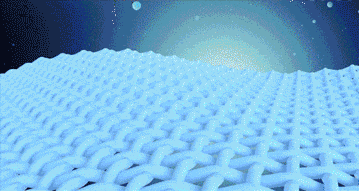
The antibacterial mechanism of copper is multifaceted and highly effective. Copper ions interact with bacterial cell proteins and enzymes, disrupting their normal functions. These proteins and enzymes are vital for microbial life processes such as respiration, metabolism, and genetic information transfer. When copper ions bind to them, they become inactive, inhibiting bacterial growth and reproduction.
Copper’s antimicrobial efficacy extends to a wide range of pathogens. It has shown remarkable effectiveness against common healthcare-associated pathogens such as Escherichia coli (E. coli), Staphylococcus aureus (including methicillin-resistant strains, MRSA), and Candida albicans. E. coli, often associated with urinary tract infections and food poisoning, is particularly susceptible to copper’s antibacterial action. Staphylococcus aureus, a major cause of skin infections and a significant concern in hospital settings due to its antibiotic-resistant strains, is also effectively combated by copper. Additionally, Candida albicans, a fungal pathogen responsible for various infections including thrush, shows reduced viability when exposed to copper ions.
Copper also damages the cell membrane structure of microorganisms. The cell membrane is a crucial barrier for microbes, regulating the exchange of substances and information with the environment. Copper ions can trigger lipid peroxidation in the cell membrane, increasing its permeability. This leads to leakage of cellular contents and ultimately results in microbial death.
Moreover, copper induces oxidative stress within microbial cells. It generates excessive reactive oxygen species (ROS), which damage important cellular molecules like DNA, proteins, and lipids. This destruction of normal cellular structures and functions is another way copper achieves its antibacterial effect.
NaCuX® Nano Copper Ion Fiber Introduction
NaCuX® fiber, a innovative product in the field of antibacterial textiles, leverages these properties of copper. It incorporates nano-sized copper powders directly into the fiber spinning liquid. This process ensures that the antibacterial properties are intrinsic to the fiber itself, not just a surface treatment that can wear off over time.
The benefits of using NaCuX® fiber in medical textiles are numerous. Unlike antibacterial fabrics made through finishing processes, NaCuX® fiber maintains its effectiveness even after repeated washing. This durability is crucial in medical settings where textiles undergo frequent and intense cleaning.
NaCuX® fiber can be blended with other materials like polyester, nylon, or cotton. This versatility allows for the creation of medical textiles that combine the antibacterial properties of copper with the beneficial characteristics of other fibers. For example, a blend with cotton can provide both antibacterial protection and the comfort and breathability that cotton is known for.
Application of copper ion fiber in medical textiles
The applications of copper ion fibers in medical textiles are wide-ranging. Hospital bedding made with these fibers can help reduce the spread of infections in healthcare facilities. Copper ion fibers in surgical gowns can provide an additional layer of protection for medical staff during procedures. Patient gowns made with these fibers can enhance comfort while also helping to prevent hospital-acquired infections.

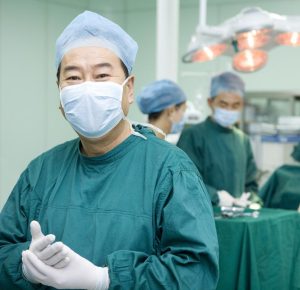
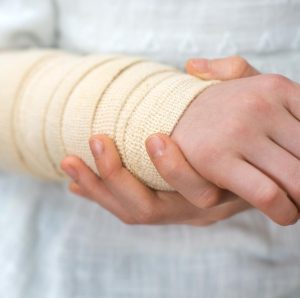
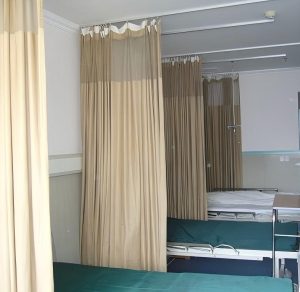
Copper ion fibers can also be used in wound dressings. The antibacterial properties of copper can help prevent wound infections, potentially speeding up the healing process. Moreover, copper is known to promote the development of collagen and elastin, which are crucial for skin strength and elasticity.
Beyond infection control, copper ion fibers offer other benefits in medical textiles. They can help with odor control, a significant advantage in healthcare settings where maintaining a clean and fresh environment is crucial. The fibers also have moisture-wicking properties, helping to keep the skin dry and comfortable.
The compatibility of copper ion fiber with the performance requirements of medical textiles
The use of copper ion fibers aligns well with the key performance characteristics required in medical textiles. They excel in antibacterial performance, effectively inhibiting the growth and reproduction of bacteria. When blended with appropriate materials, they can provide excellent breathability, allowing the skin to breathe freely and reducing the risk of skin irritation or allergic reactions.
In terms of comfort, copper ion fibers can be incorporated into soft, flexible fabrics that adapt well to body contours. This is particularly important for patient gowns and bedding, where comfort can contribute to overall well-being and recovery.
Regarding tensile strength, copper ion fibers can be blended with high-strength materials like nylon or polyester to ensure the durability required in medical settings. This combination results in textiles that can withstand frequent use and washing without losing their beneficial properties.
Future development of copper ion fibers in medical textiles
As research continues and technology advances, we can expect to see even more innovative applications of copper ion fibers in medical textiles. From smart textiles that can monitor patient vital signs to advanced wound dressings that promote faster healing, the potential is vast.

By providing long-lasting antibacterial protection, enhancing comfort, and offering durability, copper ion fibers are setting a new standard in medical textiles. As healthcare continues to evolve, the role of these innovative materials in preventing infections, improving patient comfort, and supporting healthcare workers is likely to grow.
The integration of copper ion fibers into medical textiles is not just about creating better fabrics. It’s about contributing to safer, more effective healthcare environments. It’s about reducing the risk of healthcare-associated infections, enhancing patient comfort, and providing healthcare workers with improved protective gear.
As we continue to face healthcare challenges, including the threat of antibiotic-resistant bacteria, the importance of preventive measures like antibacterial textiles becomes even more apparent. Copper ion fibers offer a proactive approach to infection control, working continuously to reduce microbial populations on textile surfaces.


